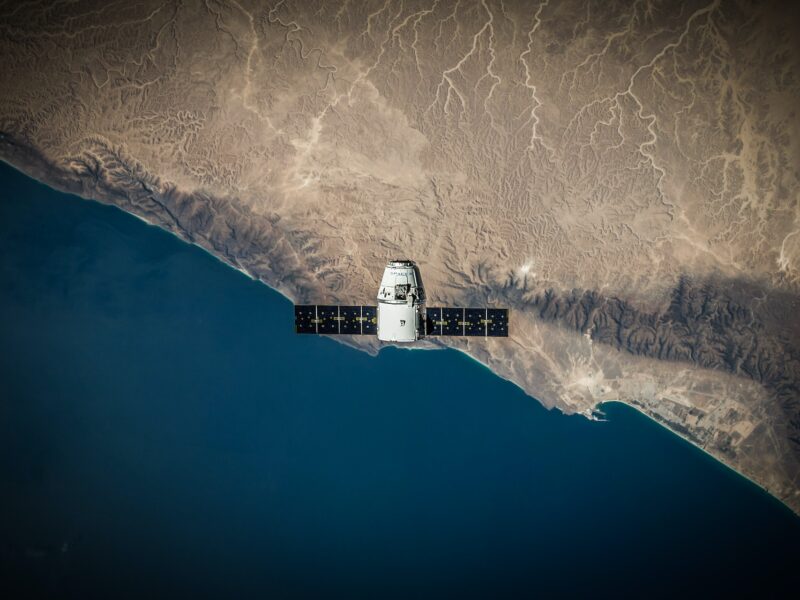Volume and capacity are important measurements when dealing with liquids, gases, and three-dimensional objects. In the field of science, as well as in everyday life, the English and Metric systems offer different units and conventions for measuring volume and capacity. In this article, we will explore the intricacies of volume and capacity measurements in both systems and discuss their similarities and differences.
Let’s start by examining the units of measurement in the English system. The most commonly used units for volume in this system are fluid ounces (fl oz), cups, pints, quarts, and gallons. A fluid ounce is approximately equal to 29.6 milliliters (ml) in the Metric system. There are eight fluid ounces in a cup, two cups in a pint, two pints in a quart, and four quarts in a gallon. The gallon is the largest unit of volume in the English system and is equal to approximately 3.79 liters (L) in the Metric system.

In the Metric system, volume is measured using units such as milliliters (ml), liters (L), and cubic meters (m³). One milliliter is equal to one cubic centimeter (cc). There are 1,000 milliliters in a liter, and 1,000 liters in a cubic meter. The Metric system’s use of decimal-based units and prefixes, such as milli-, centi-, and kilo-, makes it convenient for conversions between different volumes.
Capacity, on the other hand, refers to the maximum amount that a container can hold. In the English system, capacity is often measured using the same units as volume, such as cups, pints, quarts, and gallons. For example, a container may have a capacity of 2 cups or 1 gallon. The term “capacity” is less commonly used in the Metric system, where volume is generally the preferred term.
Converting between volume units in the English system can be challenging due to the different conversion factors involved. For example, to convert from cups to fluid ounces, one must multiply the number of cups by 8. To convert from quarts to gallons, the number of quarts must be divided by 4. In contrast, the Metric system’s decimal nature makes conversions between units much simpler. For instance, to convert from milliliters to liters, one must divide the volume in milliliters by 1,000.
It is important to note that the English and Metric systems have different conventions when it comes to labeling containers. In the English system, containers are typically labeled with their capacity, such as “16 fl oz” or “1 gallon.” In the Metric system, however, containers are often labeled with their volume, such as “500 ml” or “1 liter.” This distinction is important to avoid confusion when measuring and comparing quantities.
The advantages of the Metric system become evident when considering its widespread use in scientific research, international trade, and global communication. Its consistent use of base units, decimal-based conversions, and clear labeling conventions make it more convenient and less prone to errors. The English system’s complexity and lack of uniformity can sometimes lead to confusion and mistakes, particularly in scientific contexts.
In recent years, there has been a global push towards adopting the Metric system as the standard measurement system. Most countries have already embraced the Metric system, and even countries like the United States, which predominantly use the English system, have adopted Metric units in many scientific and industrial applications. This transition allows for easier collaboration and communication across borders, as well as more efficient and accurate measurements.
Volume and capacity measurements differ in the English and Metric systems. The English system uses units such as fluid ounces, cups, pints, quarts, and gallons, while the Metric system employs milliliters, liters, and cubic meters. The Metric system’s decimal-based units and consistent conversion factors make it more convenient for conversions and calculations. Understanding the differences between these systems is crucial for accurate measurements, effective communication, and global cooperation in various fields.


